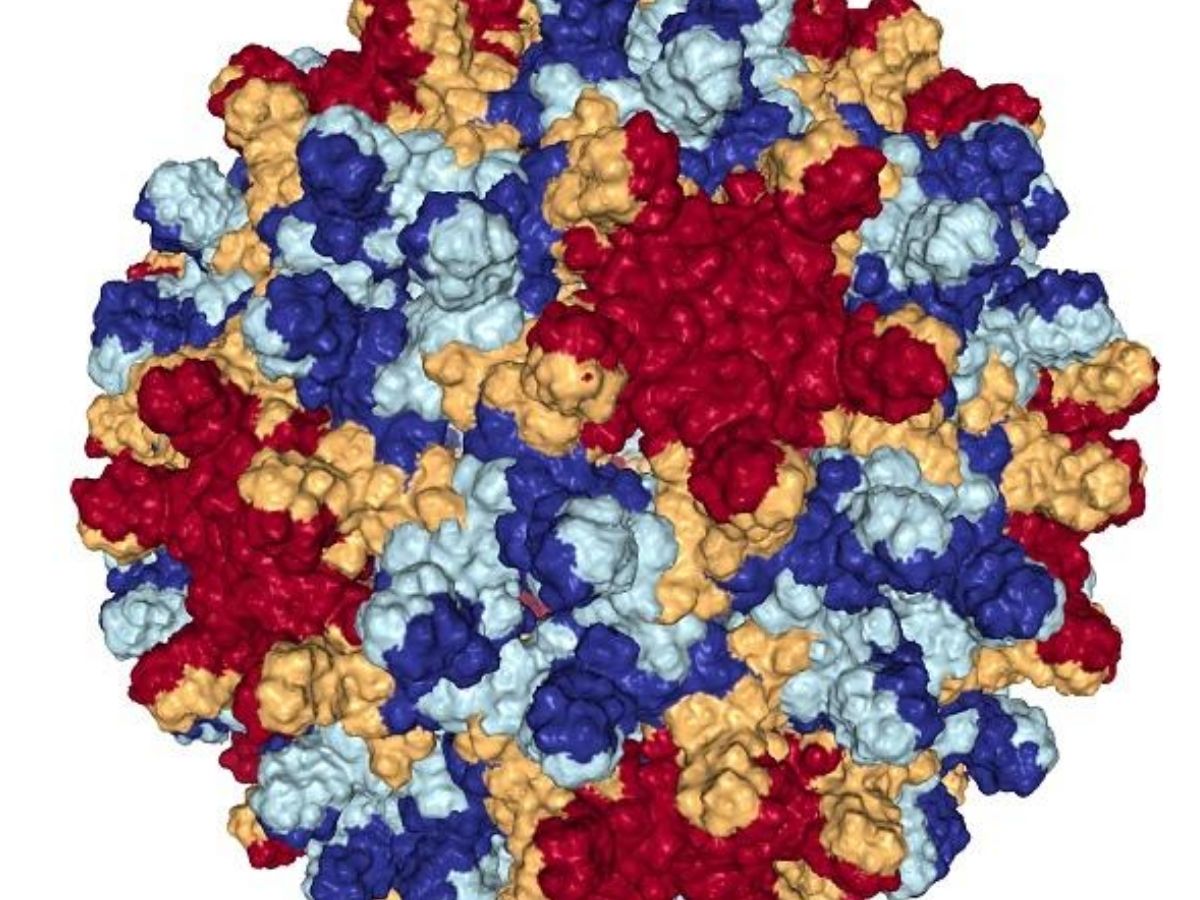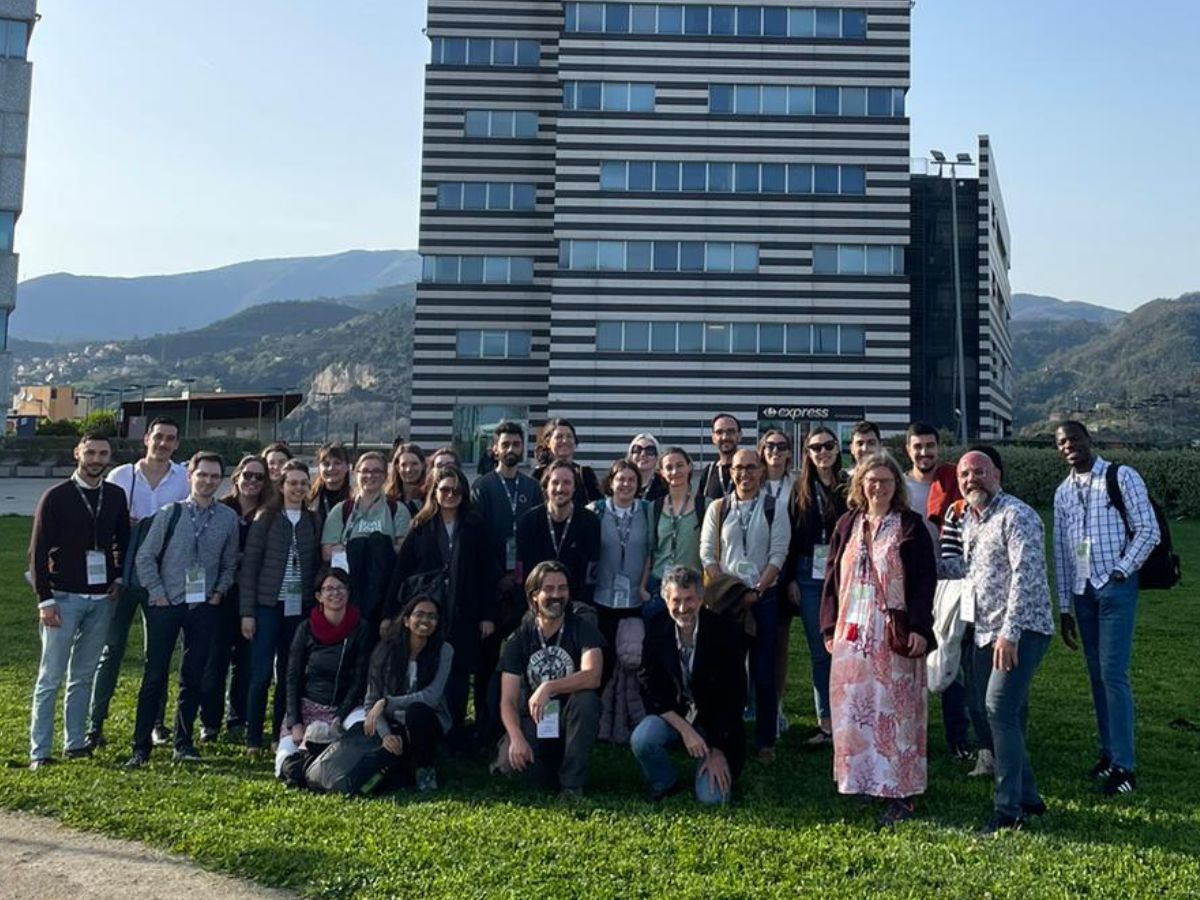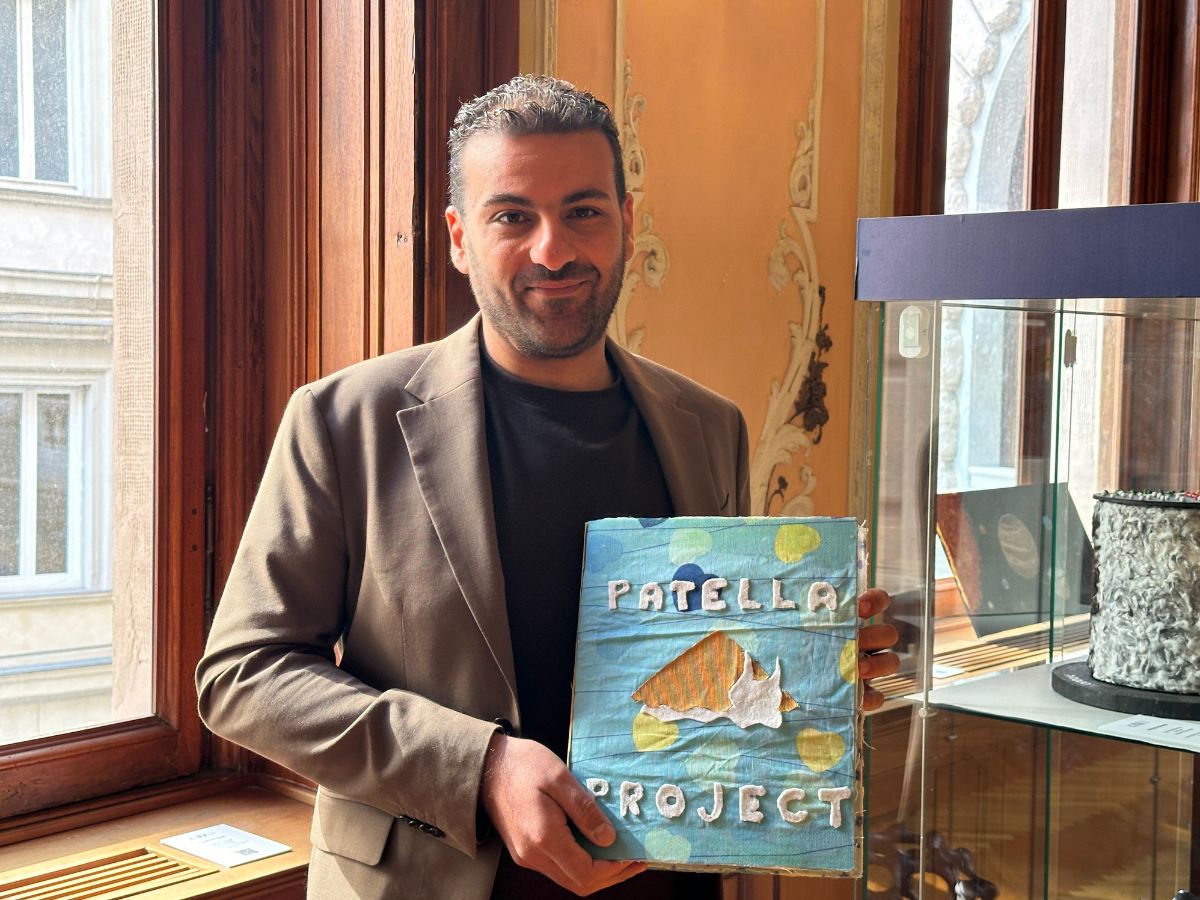Interview with the coordinator of the IIT “Electron Crystallography” research line, Gianpiero Garau
This year theme for the UN Hepatitis Day is “finding the missing millions”, an awareness campaign pointing to the fact that, only 9 out of 10 people know they have this disease, leaving literally millions of people free to live their life unaware to carry this disease.We asked a few questions to Gianpiero Garau, group Leader in the BIOSTRUCTUREs Lab in Pisa who, a few years back, contributed to the research of a chemical compound related to the treatment of hepatitis.What was your research on hepatitis focused on specifically?A few years ago I delved into some of the mechanisms underlying Hepatitis C virus (HCV) infection. This RNA virus affects about 3% of the world population, and is responsible for over a quarter of liver cirrhosis cases and a quarter of liver cancer cases. Contrary to hepatitis A and B virus infections, there are currently no effective vaccines that prevent hepatitis C virus infection. For some ten years, some antiviral agents have been developed in the clinic that are effective in limiting their progression. However, the virus is highly changeable and resistant, it can remain latent for many years, with dramatic consequences. In fact, over half of those infected with hepatitis C do not know that they have contracted the virus, and 80% develop chronic hepatitis.After my degree in Chemistry and Pharmaceutical Technologies, I obtained my PhD in Chemistry specializing in Chemistry of Molecular Biostructures, mainly through approaches to the state of the art of X-ray Crystallography and Electronic Microscopy. These are the most powerful technologies for studying how atomic bio-molecular machines are made structurally, how they work and how they interact. Among these, the viral particles (Figure: Structure of the viral capsid of hepatitis B). Structural analyzes of viral components provide a unique sub-nanometric view for understanding the molecular mechanisms of how virus assembly, attack our cells and replicates, and the differences between the different forms of viral agents that cause hepatitis (A, B, C, D, E). They directly allow the design and development of chemical molecules (therefore drugs), as well as the engineering of other biomolecules, such as antibodies and vaccines, capable of blocking the virus specifically, to prevent and combat viral hepatitis.Does working on such a project raised a higher awareness about the importance of preventive screening?Screening provides a global view of the infection, a generalized diagnosis of the infection at the population level. Our awareness of the importance of population diagnostics on viral infections has spread strongly in recent months thanks to studies carried out on the spread of the SARS-CoV-2 virus, responsible for the disease COVID-19 (COronaVIrus Disease-19), which has upset our lifestyle.Screening for the most common forms of hepatitis (A, B, C, D, E) is essential to quantify the infection, validate therapeutic approaches such as vaccination campaigns, control the asymptomatic spread of the virus on the population, implement strategies and confinement more effective. Some world geographic areas are more exposed to one or more forms of hepatitis.This year Campaign is about “Finding the missing millions”, namely all the millions of people affected by hepatitis who are unaware of it. How does research coordinate efforts between prevention and cure?In recent years, the World Health Organization (WHO) has drawn up a policy document to block the spread of viral hepatitis infection and to reduce the number of infected globally as much as possible. The ambitious goal is to eliminate hepatitis as a serious threat to global public health by 2030, reducing the number of total infected by at least ten times, and at the same time by a third the number of deaths associated with it. In fact, contrary to HIV virus infections, Malaria and Tuberculosis, the number of hepatitis deaths has been growing steadily since the beginning of the new millennium.Together with the prevention, screening, treatment and cure actions in particular of chronic hepatitis, and the coordination and financing actions, WHO concretely supports a whole series of interventions aimed at research and development of technologies useful to pursue the programmatic objectives, changing the trajectory of the global response to hepatitis, increasing and accelerating its efficiency and quality, and maximizing its impact. The main fields are those of vaccine and drug development, targeting and prevention systems, and diagnostic technologies.Today you focus on a very different field, that of metabolic disease and food disorders. Do you think there is a different kind of public awareness on these issues compared to what people, on average, know about how to recognise and protect themselves from hepatitis?Awareness on metabolic diseases and eating disorders, given the importance and impact on the population in terms of public health, is definitely higher. Just mention obesity and diabetes. However, WHO and with it all world governments continue to pursue the set goal of downgrading hepatitis by 2030. Just as the search for an anti-covid vaccine in a few months has managed to involve most states economically stronger in a joint research effort, the development of a hepatitis C vaccine, as well as the effective application of global vaccination campaigns for all forms of hepatitis, could be the turning point to win our battle in the next years.





